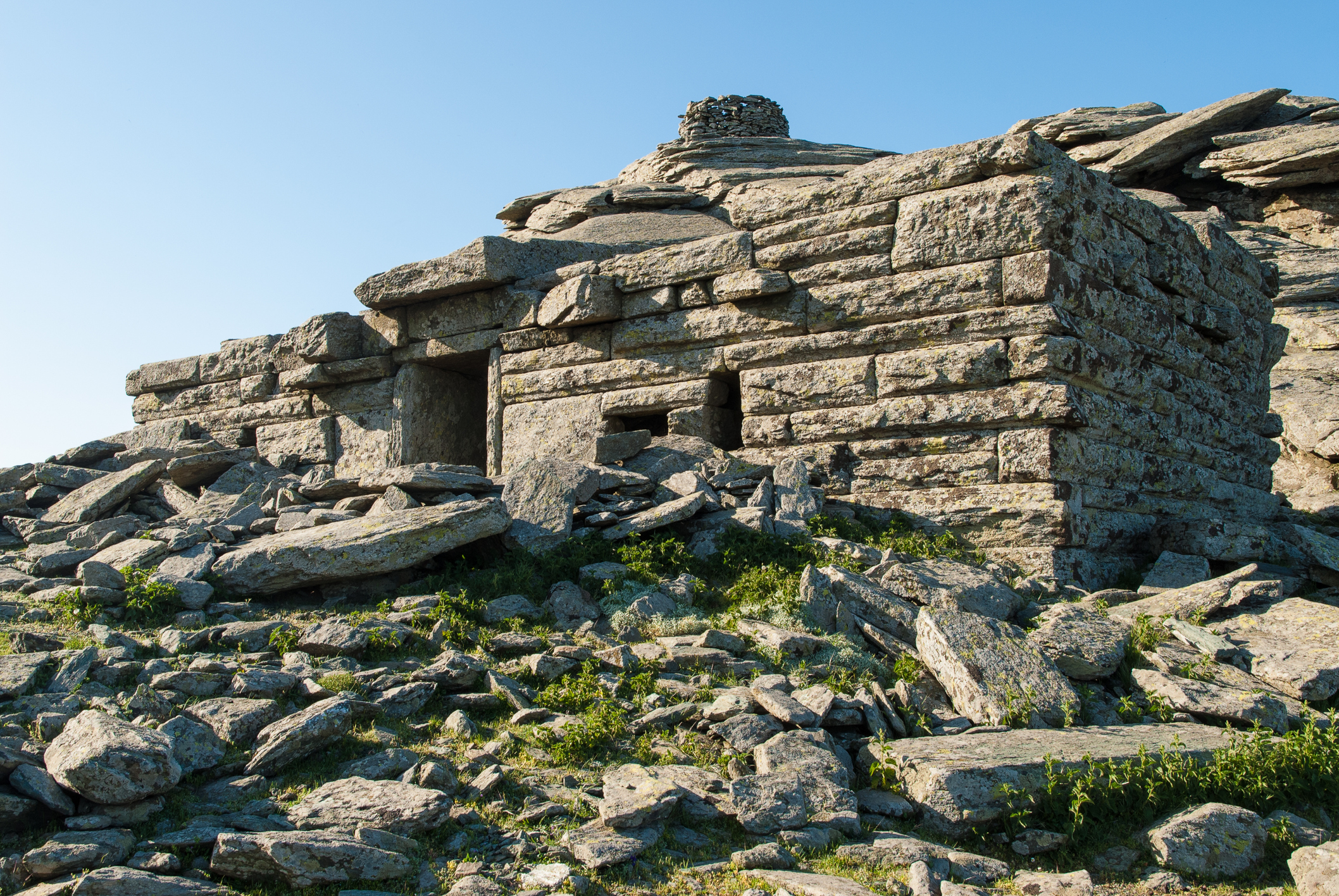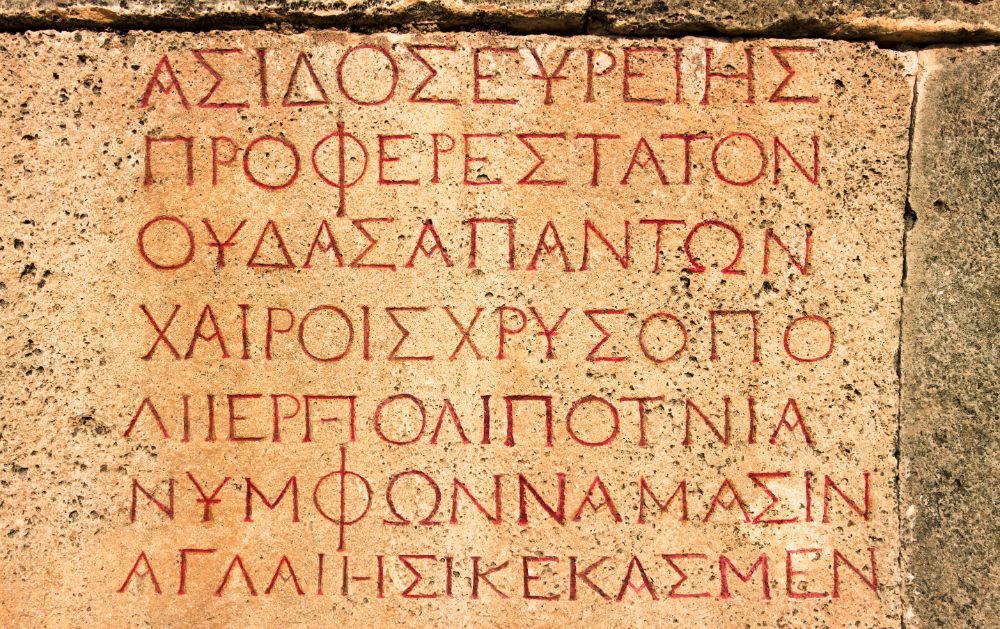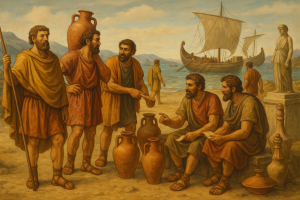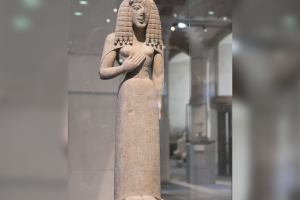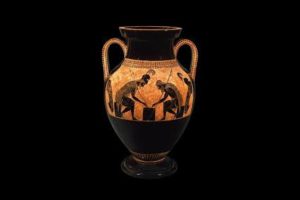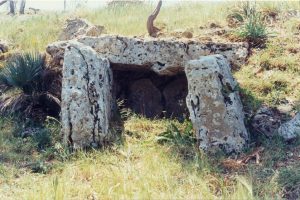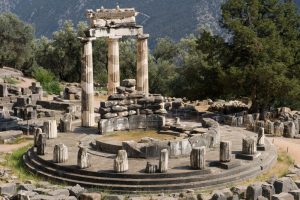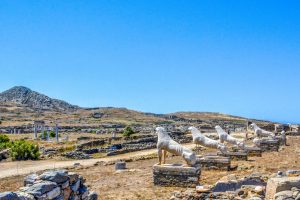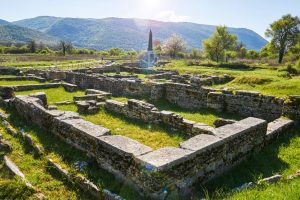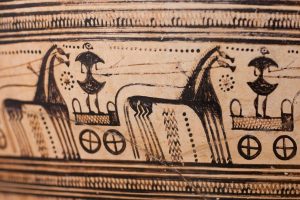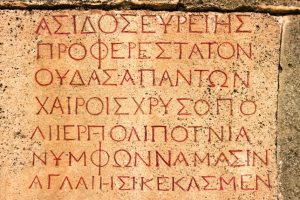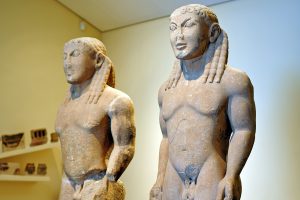The Mystery of the Dragon Houses
In southern Evia’s rugged mountains, mysterious stone structures known as drakospita, or dragon houses, have stood silent for centuries. The first dragon houses are believed to have been built as early as the 7th or 6th century BC. Discovered in 1797 by British geologist John Hawkins, these ancient edifices are built entirely of massive limestone slabs, expertly stacked without mortar, forming small temples or sanctuaries. Locals told tales of dragons living in the mountains, giving the structures their mythic name.
As more of these structures were uncovered—about twenty in total—their purpose puzzled experts. The most famous, the Dragon House of Mount Ochi, is a formidable stone monument perched over 1,400 meters high, measuring nearly 13 by 8 meters. Its thick walls and precisely placed stones resembled Cyclopean masonry, sparking legends that only mighty dragons could have built such indestructible constructs. Without apparent tools or mortar, how ancient builders moved and positioned such heavy stones remains a mystery.
Scholars have proposed various theories. Some believe they were religious sites dedicated to Zeus or Hera, serving as pilgrimage spots in Hellenistic times. Others suggest they were shelters for quarry workers, given the proximity to prized limestone quarries. A newer idea is that these structures functioned as astronomical observatories—alignments with solstices suggest celestial tracking. Their strategic locations also hint at military use, guarding the region from invaders.
The construction techniques reflect remarkable skill, with corbelled roofing creating stable, earthquake-resistant roofs. Some researchers argue these structures may date back as far as the 6th or 7th century BC, though precise dating remains elusive. Today, the drakospita remain remote and shrouded in myth, with legends of dragons guarding treasures and sacred spaces. They stand as enduring symbols of ancient ingenuity and mystery—guardians of Greece’s hidden past, whispering stories of a time when history and myth intertwined.


